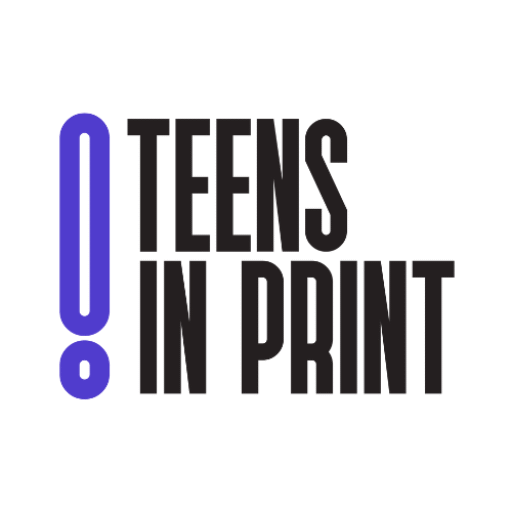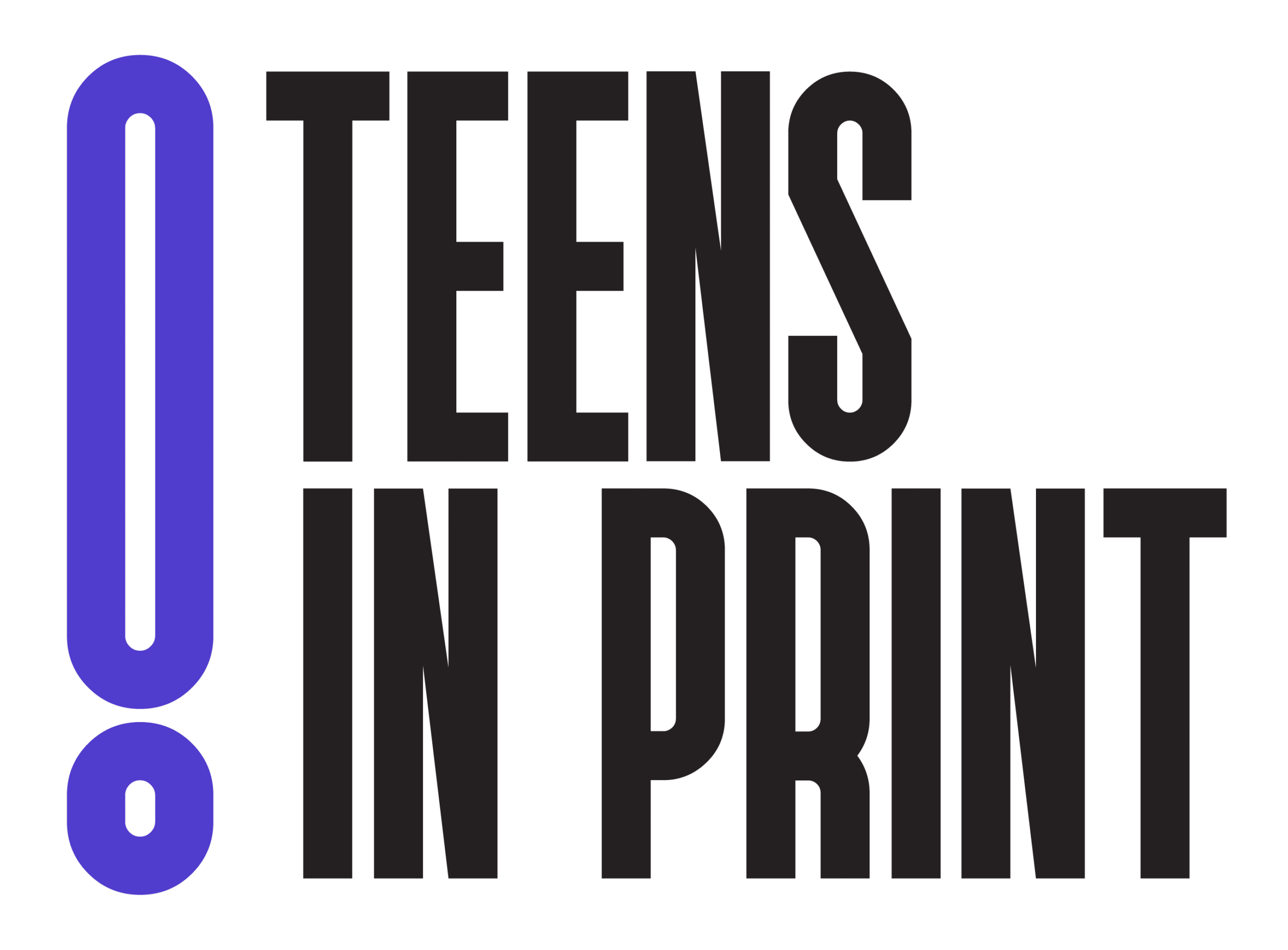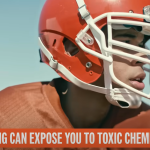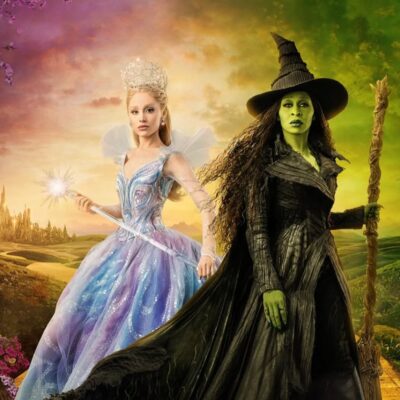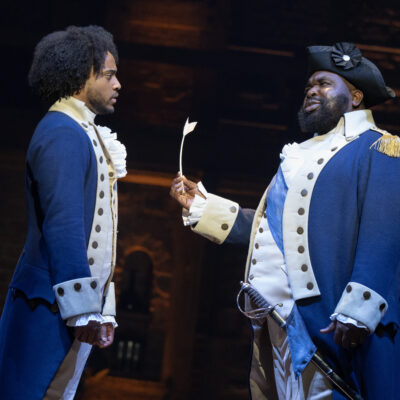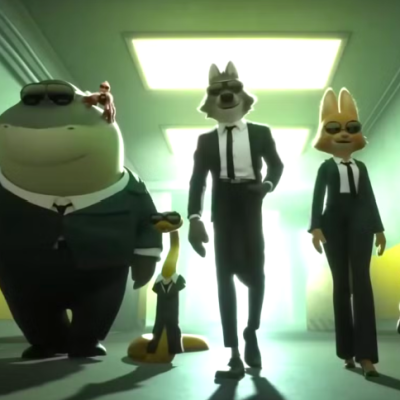The 2010s to the 2020s: Is Music Getting sadder?
Anyone can tell you that turning on the Billboard Top 100 for the past year will be a totally different experience from doing the same thing ten years ago. Tastes, technologies, and icons have come and gone, leaving us with a radically changed mainstream musical landscape. But how can we articulate the biggest divides between then and now?
Well, one journalist, Angela Vannatter, expressed her opinions on the topic in a piece for The Georgia Straight after attending a Lauren Spencer Smith concert. She wrote, “Smith [was] swallowed by a choir of Gen-Zers belting her gut-wrenching lyrics about love and girlhood. Each track [built] to a crescendo of screaming and crying…And she’s not alone—there is a growing trend in mainstream music, and its popularity stems from a single emotion: sadness.”

And it’s incredibly easy to see where this perception of increasingly raw pop music comes from, with hit pop song vibes ranging lately from sad, angry, to downright dark. Hyper-popular mainstream examples include Taylor Swift’s “Anti-Hero,” a song which is heavy handed with its themes of frustration, fear, and self-deprecation. Swift even calls herself narcissistic. SZA’s “Kill Bill” has a distinctly darker, more deranged vibe, with the artist dancing between grief and cold rage. Even 2023’s iconic feminist, girly-pop movie Barbie produced existential songs such as “What Was I Made For?” by Billie Eilish and “I’m Just Ken,” sung by Ryan Gosling. Respectively, these two hits wrestle with personal purpose, the meaning of life, and deep insecurity.
When held up to the many self-empowerment anthems of the 2010s, the prevalence of these recently intense tones only becomes heightened. “Scars to Your Beautiful” by Alessia Cara amplifies a message of self-worth and a call to reject toxic beauty industry standards, ultimately telling the listener to love themself for their imperfections. Rachel Platten’s “Fight Song,” another 2015 favorite, focuses on hope in small but important actions. Going back to 2010, we find “Firework” by Katy Perry, a song promising that even in your darkest and weakest moments, you can thrive rather than just survive.

But the trend doesn’t end there. Research from the Lawrence Technical University has shown that “expressions of anger and disgust [in music] roughly doubled [from 1951 to 2016]…while fear increased by more than 50%. Remarkably, today’s songs are even more aggressive and fearful than in punk’s heyday…Sadness, meanwhile, remained stable until the 80s, then steadily increased until the early 2010s, while joy, confidence and openness all steadily declined.” Data on the averaged energy and mood of music listened to during 2020 in particular demonstrates notable spikes of heightened fear, anger, stress, and sadness. Culturally, we are headed farther and farther away from explicitly joyful and wholesome music, whether we realize it or not.
Initially, I was really disheartened and worried by this. I, like most people, have experienced the profound impacts that music has on my outlook. On the one hand, I can always count on Andy Mineo’s “You Can’t Stop Me” to give me a mid-run energy burst and majorly improve my mood. But I also remember with sharp clarity how hard I cried listening to My Chemical Romance’s “Welcome to the Black Parade” after my grandfather passed away. So, considering the possible ramifications of listening consistently to darker and less hopeful music left me with a bad taste in my mouth. But once I pulled back the curtain and truly dug into the meat of this cultural shift, my perspective changed.
I think that the positive aspects of this trend are best explained by the “why”s behind it. One of the most pertinent of which would be the pandemic, which has, obviously, left a variety of odd cultural fingerprints on our society. Some of them are innocuous like more people know how to make bread now, while others are as concerning as rises in mental health issues.
However, one such print stands apart from the rest: the shift in internet use. TikTok, in particular, has boomed in popularity, creating a widely accessible and incredibly public stage for users. Its variety of content has led to immense diversity in all areas, as the public are given the opportunity to find or create their perfect niche. This amplified freedom of expression has led to more genuine music on the platform breaking through to the mainstream. Both independent creators and those under labels are seeing a thirst for authentic emotions and experiences first hand — the kind of art that can’t be tied into a pretty bow.
But the pandemic is far from being the definitive cause of this phenomenon. Wars, such as the Russo-Ukrainian and Israeli-Palestinian conflicts, are still ongoing. The U.S. has faced back-to-back highly contentious presidential elections and an insurrection in the capital, with awareness of racial inequality peaking after the BLM protests and riots. In the same breath, it’s also worth mentioning that there are major exceptions from these musical trends. There are old sad songs and new happy ones.
Ultimately, we are in control of our sonic landscape. So, regardless of whether you’re onboard with where mainstream music is going, remember that there will always be a space for the sound you want to hear.

